Enterprise
Articles about Enterprise
SETI Institute - An introduction to the research & education programs of SETI
Celebrating its 35th year in 2019, the SETI Institute, founded by Astronomers Carl Sagan, Jill Tarter and Frank Drake, has grown from a small research team focused on searching for radio signals beyond our solar system (as a proxy for intelligent civilizations) to an organization of over 90 PhD scientists representing 23 different academic backgrounds, organized into 6 divisions of research. CEO, Bill Diamond, will describe the multidisciplinary structure and research of the Institute, whose mission is to explore, understand and explain the nature and origins of life in the universe.
22 May 2019
New Invention: Electrodynamic Micro-Manipulator
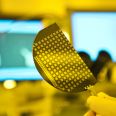
The handling of non-spherical micron-sized objects is a challenge for the manufacturing industry and for the wider exploitation of nanomaterials. Current manipulation techniques consist of pick-and-place machines used to place microelectronic components onto circuit boards, and optical methods that use laser radiation to manipulate objects. Pick-and-place methods are unsuitable for objects smaller than 100 microns because electrostatic and Van der Waals attraction prevents their release.
16 May 2019
Achillefs Kapanidis scoops Innovator of the Year award
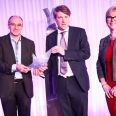
Congratulations to Professor Achillefs Kapanidis and Mr Bo Jing, CEO of Oxford Nanoimaging who have been named as BBSRC’s Innovator of the year 2019 – an award celebrating excellent research which demonstrates impact.
Finance & Physicists Lecture
Finance might appear to be a world away from physics and hence from your life. However, whether you take not of it or not, your daily life is governed by markets. Finance is ultimately the study of markets, specifically seen through a financial lens and the understanding of these has ramifications for everything from how much we are paid to where we live and what is available in the supermarket.
30 April 2019
New Invention: Control of CRISPR gene editing
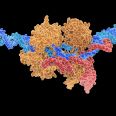
The recent development of gene editing using biological system CRISPR, creates the prospect of dramatic developments in medicine for gene repair and cancer therapy. The CRISPR/Cas9 system allows targeted DNA cleavage and hence editing of the genome. However, unwanted DNA cuts, resulting from non-specific delivery to off-target cells, could promote tumorigenesis. Cell-specific activation of CRISPR/Cas9 is essential to avoid this problem.
30 April 2019
New Invention: Increased capacity in telecom networks

The technology available to licence is a new technique for using higher order Hermite-Gaus (HG) modes to increase the channel capacity in telecommunication networks via HG mode selective multiplexing. The bandwidth of telecommunication networks can consequently be brought up to the theoretical maximum for a particular time-frequency resource.
As the device proposed operates noise-free, the invention is expected to be of use in applications.
High capacity telecommunications using multiple modes
11 January 2019
New Invention: Energy microgeneration
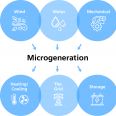
Microgeneration is the generation of power on a small scale – for individual homes, communities or in emergency situations. Microgeneration is also important if you are on the move and isolated from the grid e.g. while boating or in a recreational vehicle. the move – for boats or recreational vehicles. The Oxford Microgeneration System converts mechanical energy from wind, water or any other means into electrical power.
11 December 2018
New Invention: Obtaining conductive films
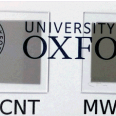
Carbon nanotubes (CNTs) have attracted a lot of attention for their potential use in electronic and energy-related devices. In particular, conductive carbon nanotube (CNT) films are expected to be applied in anti-static materials, electromagnetic interference (EMI) shielding materials and other opto-electronic devices like solar cells. Poor solubility of CNTs in organic and aqueous solvents has, so far, been overcome with non-covalent wrapping with conjugated polymers, but at a high cost.
14 November 2018
Congratulations Prof. Michael Johnston
Congratulations to Prof. Michael Johnston who will be awarded the Harrie Massey Medal and Prize in December.
This is a silver medal from the Institute of Physics which is awarded in conjunction with the Australian Institute of Physics (http://www.iop.org/about/awards/bilateral/massey/page_38485.html).
2 November 2018
Institute of Physics Award for Spin-out

Oxford Nanoimaging Ltd, a spin-out from Oxford Physics was amongst the winners at the Institute of Physics Business Awards 2018, for the development of the world’s first desktop-sized super-resolution microscope.


